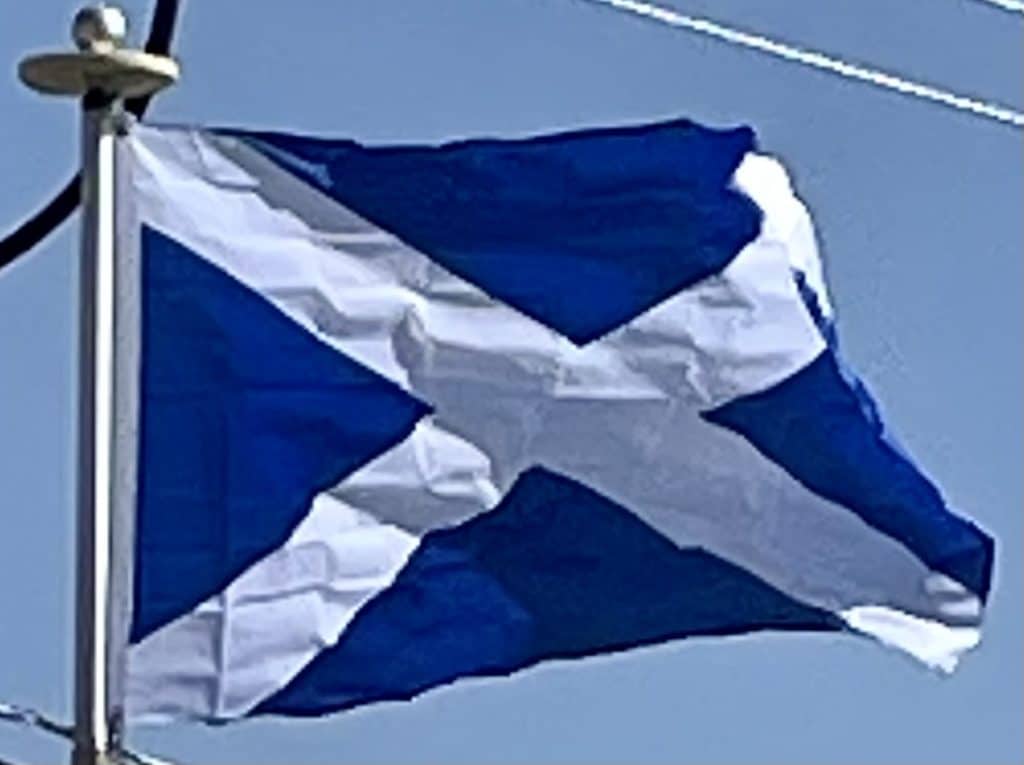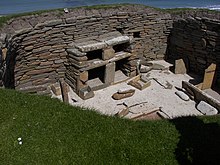The first written reference to Scotland was in 320 BC by Greek sailor Pytheas, who called the northern tip of Britain “Orcas”, the source of the name of the Orkney islands. During the first millennium BC, the society changed dramatically to a chiefdom model, as consolidation of settlement led to the concentration of wealth and underground stores of surplus food.
The Roman conquest of Britain was never completed, and most of modern Scotland was not brought under Roman political control. The first Roman incursion into Scotland occurred in 79 AD, when Agricola invaded Scotland; he defeated a Caledonian army at the Battle of Mons Graupius in 83 AD. After the Roman victory, Roman forts were briefly set along the Gask Ridge close to the Highland line, but by three years after the battle, the Roman armies had withdrawn to the Southern Uplands. Remains of Roman forts established in the 1st century have been found as far north as the Moray Firth. By the reign of the Roman emperor Trajan (r. 98–117), Roman control had lapsed to Britain south of a line between the River Tyne and the Solway Firth. Along this line Trajan’s successor Hadrian (r. 117–138) erected Hadrian’s Wall in northern England and the Limes Britannicus became the northern border of the Roman Empire. The Roman influence on the southern part of the country was considerable, and they introduced Christianity to Scotland.


